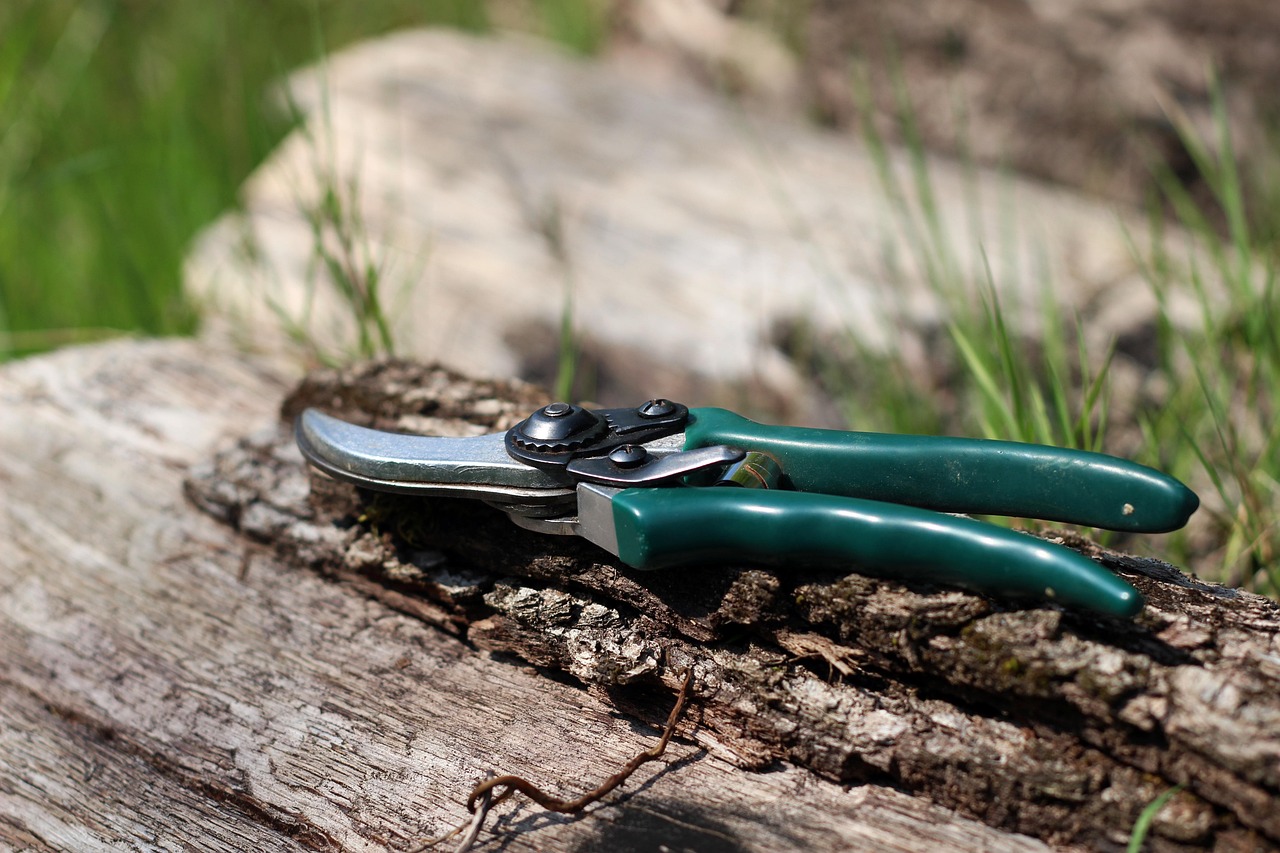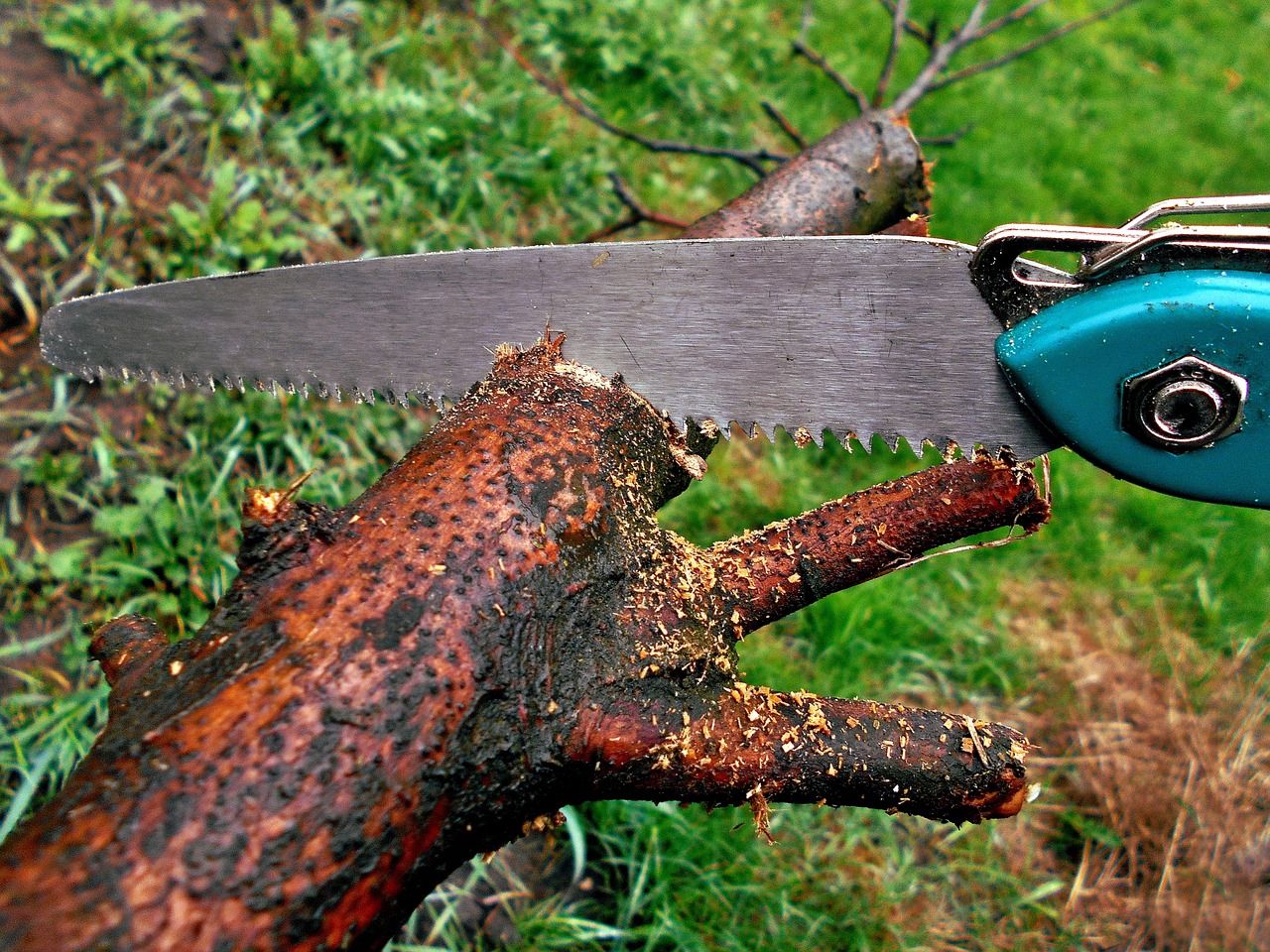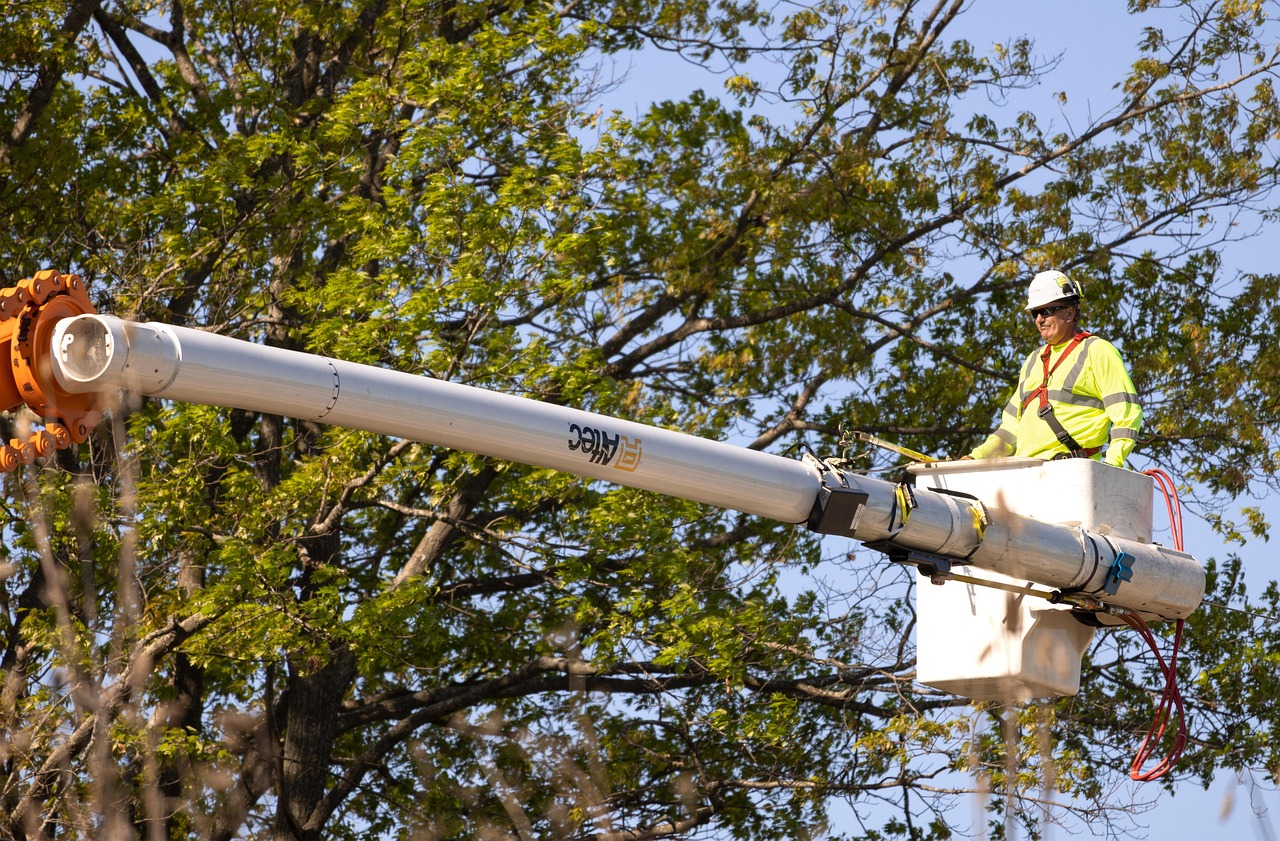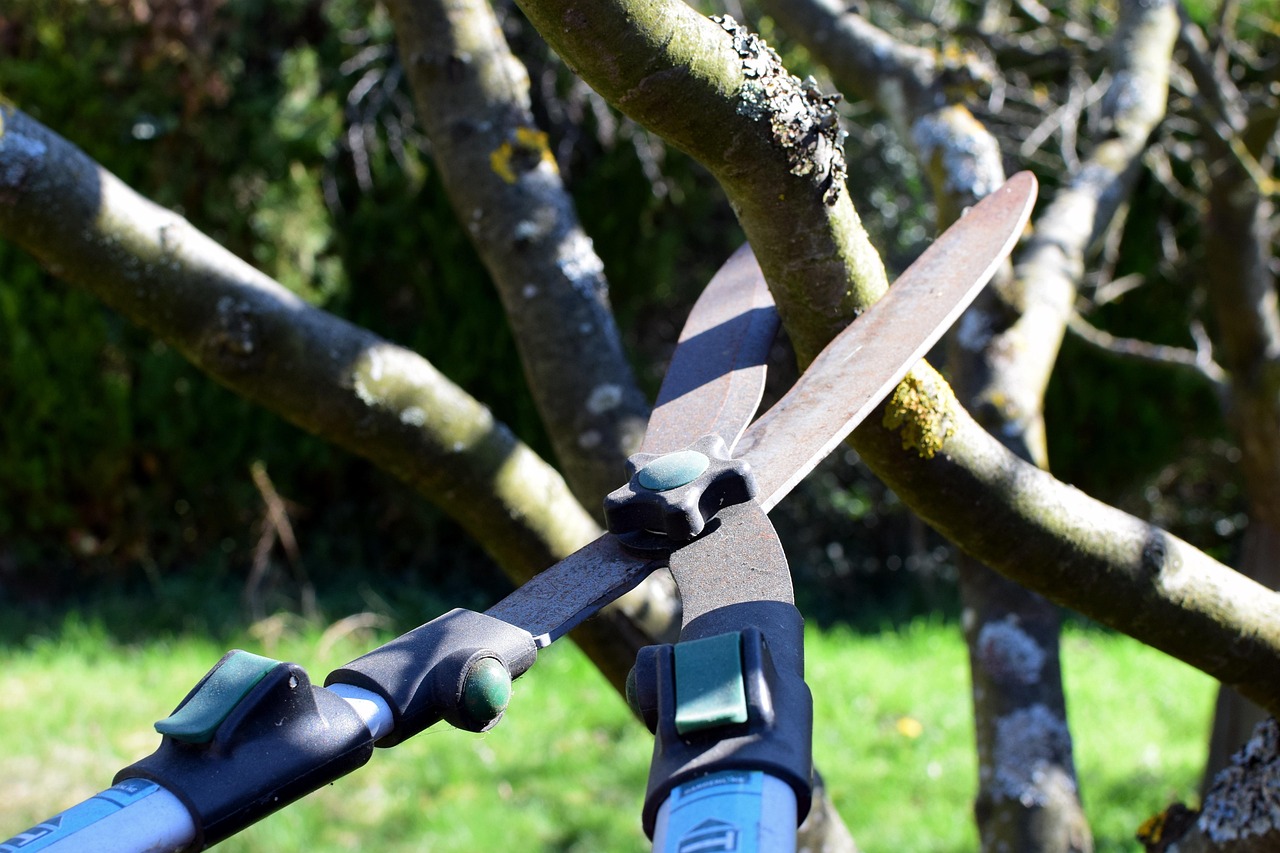Specialized pruning for trees used as living fences involves techniques that enhance growth while maintaining desired shapes and densities. This includes selective thinning to improve airflow and light penetration, and heading cuts to encourage bushier growth. Regular maintenance, ideally during the dormant season, ensures the fence remains healthy and effective, providing both privacy and aesthetic appeal.
Specialized pruning for trees used as living fences involves targeted trimming techniques that enhance growth, shape, and health, while also maintaining the desired function of providing privacy and barriers. This approach requires knowledge of tree species, growth patterns, and optimal timing for pruning.
Living fences, often formed by dense rows of trees or shrubs, serve multiple purposes in landscaping. They can provide privacy, act as noise barriers, and even serve as windbreaks. The choice of plants for a living fence is crucial, as their growth habits and pruning needs vary widely. Proper maintenance through specialized pruning can transform these natural barriers into aesthetically pleasing and functional elements of the landscape.

Understanding the basics of how trees grow is essential when planning a living fence. Trees experience two main types of growth: vertical (height) and lateral (width). Pruning can influence both types of growth and help maintain the desired shape and size of the living fence. Moreover, different species respond uniquely to pruning. Some may thrive with aggressive pruning, while others require gentle shaping to encourage healthy growth.
Pruning Techniques for Living Fences
There are several specialized pruning techniques that can be applied to trees used as living fences. Each technique has its own benefits and applications based on the specific goals of the gardener or landscaper.
- Heading Back: This involves cutting back the top of a tree or shrub to promote bushier growth. It encourages lateral branching, which is ideal for creating a thick, dense barrier.
- Coppicing: A method where trees are cut back to ground level periodically. This stimulates new growth from the base and is effective for species that respond well to this treatment, resulting in a robust living fence.
- Thinning: This technique removes some branches to allow light penetration and air circulation within the plant. It helps prevent disease and promotes healthier growth.
- Shaping: Regularly trimming the sides and tops of plants can maintain a desired shape, ensuring that the living fence remains attractive and functional.
When implementing these techniques, timing is everything. Pruning should be done during the dormant season for most tree species, usually in late winter or early spring before new growth begins. This minimizes stress on the plants and allows them to recover quickly when the growing season starts.

Choosing the Right Trees
Selecting appropriate tree species for a living fence is vital. The characteristics of each species will determine how they respond to pruning and their overall effectiveness as a barrier. Below is a table highlighting some common tree species used for living fences along with their key characteristics.
| Tree Species | Growth Habit | Pruning Needs | Height | Spread |
|---|---|---|---|---|
| Willow | Fast-growing | Coppicing recommended | Up to 30 feet | 20-25 feet |
| Boxwood | Dense and compact | Regular shaping needed | Up to 15 feet | 4-6 feet |
| Holly | Slow to moderate growth | Light thinning recommended | 15-30 feet | 8-12 feet |
| Cypress | Tall and narrow | Minimal pruning needed | Up to 50 feet | 15-20 feet |
The selection of trees for living fences should take into account your local climate, soil conditions, and space availability. Additionally, understanding the specific characteristics of each species can aid in making informed decisions about which trees will thrive as part of your living fence.
In conclusion, specialized pruning techniques play a crucial role in managing trees used as living fences. By understanding various methods and selecting suitable species, you can create a thriving, effective, and beautiful natural barrier. Ensuring proper care through specialized pruning not only enhances the aesthetics but also supports the overall health of your living fence.

Understanding the Timing of Pruning
Timing is a critical factor in the success of specialized pruning for living fences. Different species of trees and shrubs have specific growth cycles, which determine the best time for pruning. Knowing when to prune can lead to healthier plants and more effective barriers.
Generally, the ideal time to prune most deciduous trees is during their dormant season, typically in late winter or early spring. This timing allows for minimal stress on the plants and encourages robust growth when the growing season begins. However, some evergreen species may benefit from different timing. Here are several important considerations regarding pruning timing:
- Spring Blooming Trees: These trees should be pruned after they bloom to avoid cutting off developing flowers.
- Summer Blooming Trees: It is best to prune these trees in late winter or early spring before new growth begins.
- Evergreens: Most evergreens can be pruned in late spring or early summer, but light pruning can be done throughout the year as needed.
- Health Issues: Remove any dead or diseased wood as soon as possible, regardless of the season, to prevent the spread of pathogens.
Tools and Equipment for Specialized Pruning
Using the correct tools is essential for effective and safe pruning. Proper tools not only make the job easier but also help maintain the health of the plants. Here are some common tools used for specialized pruning:

- Hand Pruners: Ideal for cutting smaller branches up to ¾ inch thick. They are great for precise cuts and detail work.
- Loppers: These are used for thicker branches, typically up to 2 inches in diameter. They provide more leverage than hand pruners.
- Saws: For larger branches, a pruning saw or a pole saw may be necessary. These tools can handle thicker limbs effectively.
- Hedge Shears: Best suited for shaping and maintaining the overall look of hedges and living fences.
- Gloves and Safety Gear: Always wear gloves to protect hands, and consider eye protection when using saws or working with large branches.
Common Mistakes in Pruning
Even with the best intentions, mistakes can happen during the pruning process. Recognizing common errors can help you avoid them and ensure the health of your living fence. Here are some common pitfalls:
- Over-Pruning: Removing too much foliage can shock the plant. Aim for about one-third of the total height or volume when pruning.
- Poor Cuts: Making jagged or improper cuts can lead to disease entry points. Always use sharp tools and cut at a slight angle.
- Ignoring Growth Patterns: Every species has its own growth habits. Pruning without understanding these patterns can lead to unwanted shapes.
- Timing Errors: Pruning at the wrong time can hinder flowering or growth. Make sure to research each species’ optimal pruning period.
- Neglecting Maintenance: Regular maintenance pruning is essential. Avoid waiting too long between prunes, as this can lead to larger problems.
Maintaining Plant Health Post-Pruning
After pruning, it is essential to maintain the health of your living fence. Proper aftercare can help plants recover quickly and thrive. Here are some key practices to follow:
- Watering: Ensure that trees receive adequate water after pruning, especially if done during dry seasons. Proper hydration supports recovery.
- Fertilization: Consider applying a balanced fertilizer after pruning to promote new growth. This should be done according to specific tree needs.
- Pest Management: Monitor for pests that may take advantage of weakened plants post-pruning. Address any infestations promptly.
- Disease Prevention: Keep an eye on any signs of disease. Applying fungicides can help protect against fungal infections during recovery.
The Role of Mulching in Living Fences
Mulching is another important aspect of maintaining a healthy living fence. It promotes soil health, retains moisture, and suppresses weeds. Here are some benefits of using mulch around your living fence:
- Moisture Retention: Mulch helps keep soil moist by reducing evaporation, which is especially important during hot summer months.
- Weed Suppression: A layer of mulch prevents weeds from taking root around your trees, reducing competition for nutrients.
- Soil Temperature Regulation: Mulch acts as insulation, maintaining a more stable soil temperature for root development.
- Nutrient Addition: Organic mulches decompose over time, adding essential nutrients back into the soil.
The appropriate type of mulch should be selected based on local availability and compatibility with your specific tree species. Over time, this added care will contribute to the overall success of your living fence.
Adapting Pruning Techniques for Different Tree Species
Different tree species exhibit unique growth characteristics and responses to pruning. Understanding these differences is essential for effective management of living fences. Adapting your pruning techniques based on the species you are working with can lead to better results.
Deciduous Trees
Deciduous trees lose their leaves in the fall, making them a popular choice for living fences. These trees typically require pruning during their dormant season. Common deciduous species include willows, maples, and oaks. Here are some key considerations for pruning deciduous trees:
- Timing: Prune during late winter or early spring before new growth begins.
- Cutting Technique: Focus on making clean cuts to promote healing and reduce disease risk.
- Pest Awareness: Monitor for pests that may exploit pruning wounds in the spring.
Evergreen Trees
Evergreen trees, such as pines and spruces, retain their foliage year-round. Pruning these trees can be slightly different due to their growth patterns. Here are tips for pruning evergreens:
- Timing: Late spring or early summer is ideal for most evergreen species.
- Shaping: Regular shaping helps maintain the desired appearance without compromising health.
- Minimal Pruning: Avoid excessive pruning, as it can lead to bare patches that take time to fill in.
Shrubs Used as Living Fences
Shrubs are often used as living fences for their dense foliage and ornamental qualities. Popular choices include boxwood and holly. Here’s how to approach pruning shrubs:
- Pruning Season: Most shrubs should be pruned in late winter or early spring, depending on their bloom cycle.
- Thinning: Thinning out older branches can encourage new growth and improve air circulation.
- Shaping: Regular shaping helps maintain a neat appearance, which is especially important for formal hedges.
The Importance of Soil Health
The health of the soil is fundamental to the success of any living fence. Healthy soil promotes strong root development, which in turn supports the overall health of the trees. Here are several ways to enhance soil health around your living fence:
- Soil Testing: Conduct regular soil tests to assess pH levels and nutrient content, allowing for informed amendments.
- Organic Matter: Incorporate organic matter such as compost or well-rotted manure to improve soil structure and fertility.
- Aeration: Periodically aerate the soil to enhance root growth and improve water penetration.
- Diversity: Consider planting a variety of species to foster a balanced ecosystem in the soil.
Managing Water Requirements
A living fence requires consistent moisture for optimal growth. Understanding the water needs of your specific tree species is crucial. Here are some strategies to manage water effectively:
- Irrigation Systems: Install a drip irrigation system to provide consistent moisture without overwatering.
- Mulch Application: Use mulch to retain soil moisture and reduce evaporation during hot months.
- Drought Tolerance: Choose drought-resistant species if you live in an area with limited water resources.
Pest and Disease Management
Pests and diseases can pose significant threats to the health of your living fence. Regular monitoring and proactive management can help mitigate these risks. Here are key strategies:
- Regular Inspections: Check for signs of pests such as discoloration, wilting, or unusual growth patterns.
- Integrated Pest Management (IPM): Implement IPM practices that combine cultural, biological, and chemical control methods.
- Disease Resistance: Select tree species that are known for their resistance to common diseases in your area.
- Cultural Practices: Maintain proper spacing between plants to improve air circulation and reduce the risk of fungal infections.
The Role of Community in Living Fences
Cultivating a living fence does not have to be a solo endeavor. Engaging with the community can enhance your project and provide additional support. Here are some community-based approaches:
- Local Workshops: Attend or organize workshops that focus on pruning techniques and tree care.
- Community Planting Days: Coordinate with neighbors to plant or maintain living fences together, fostering community spirit.
- Sharing Resources: Share tools, knowledge, and experiences with others in your area who are interested in creating living fences.
Involving the community not only enriches your experience but can also lead to healthier living fences through shared knowledge and resources. As you develop your living fence, consider how collaboration can enhance both your project and your neighborhood.
Enhancing Biodiversity with Living Fences
Creating living fences is not just about aesthetics or privacy. These natural barriers can significantly contribute to local biodiversity. By choosing a variety of trees and shrubs, you encourage a diverse ecosystem that supports various wildlife species. Here’s how living fences can enhance biodiversity:
- Habitat Creation: Living fences provide shelter and nesting sites for birds, insects, and small mammals, helping to sustain local wildlife populations.
- Pollinator Support: A diverse living fence attracts pollinators such as bees and butterflies, which are essential for many plants’ reproduction.
- Food Sources: Many trees and shrubs produce fruits and nuts, offering food for birds and other wildlife.
- Soil Health: A variety of root structures from different species can improve soil health and stability, reducing erosion.
Using Native Species in Living Fences
Incorporating native tree and shrub species in your living fence design can provide numerous benefits. Native plants are well-adapted to local environmental conditions, meaning they require less maintenance once established. Additionally, they support local wildlife better than non-native species. Here are some advantages of using native species:
- Environmental Adaptation: Native plants are more resilient to local pests, diseases, and climate fluctuations.
- Low Maintenance: Once established, native species generally require less water and fertilization compared to non-native varieties.
- Ecosystem Support: Native plants provide the specific habitat and food sources native animals require for survival.
- Cultural Significance: Many native plants have historical or cultural importance within local communities.
Incorporating Sustainability Practices
When developing and maintaining living fences, it’s important to consider sustainable practices that promote environmental health. Here are some strategies you can implement:
- Composting: Use kitchen scraps and garden waste to create compost, which can be used as a nutrient-rich amendment for your living fence.
- Rainwater Harvesting: Collect rainwater for irrigation to reduce reliance on municipal water sources and minimize environmental impact.
- Organic Pest Control: Use natural pest control methods instead of chemical pesticides to protect the ecosystem surrounding your living fence.
- Permaculture Principles: Design your living fence to work in harmony with the surrounding ecosystem, fostering a self-sustaining environment.
Permanence and Longevity of Living Fences
A well-planned living fence can last for many years, creating not only a physical barrier but also a lasting ecological contribution. To ensure the longevity of your living fence, consider the following:
- Regular Maintenance: Conduct regular checks for pruning, watering, and disease management to keep your living fence healthy throughout its lifespan.
- Adaptive Management: Be prepared to adapt your strategy as plants grow and as environmental conditions change over time.
- Continued Learning: Stay informed about best practices in tree care and ecological management to continually enhance your living fence.
Conclusion
Specialized pruning for trees used as living fences is an art that combines aesthetics, functionality, and ecological responsibility. By understanding the growth habits of different tree and shrub species, employing the right pruning techniques, and maintaining proper care, you can create a beautiful and effective natural barrier. The benefits extend beyond mere decoration; they enhance local biodiversity, support wildlife habitats, and promote soil health.
Engaging with your community through workshops and shared projects can enrich the experience of developing a living fence. Choosing native species and incorporating sustainable practices not only fosters a resilient environment but also lowers maintenance needs over time. Ultimately, a well-planned living fence serves as a lasting legacy that contributes positively to both your property and the surrounding ecosystem.
As you embark on your journey with specialized pruning and living fences, remember that patience and care are key. With dedication, you will cultivate a thriving natural space that benefits both you and the environment for years to come.
